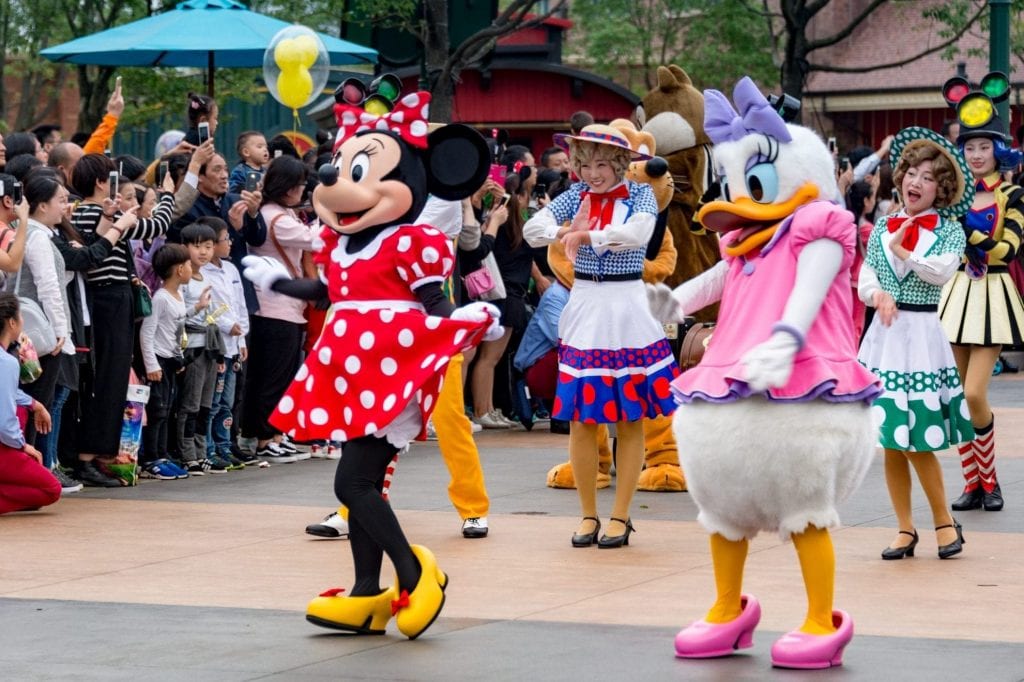Disney CEO Still Bullish on China Despite Shanghai Park Slump

Skift Take
Disney had to lower ticket prices to boost attendance at its two-year-old Shanghai park, but that's not the story at most properties around the world. The company saw its overall theme park revenue jump 9 percent in its fiscal fourth quarter.
Disney's most ambitious expansion in recent years hit a bit of a speed bump.
During a call to discuss financial results for the fourth fiscal quarter, Walt Disney Company CEO Bob Iger said the company took action to offset the effects of "softness in the tourism market" at Shanghai Disney Resort.
"We basically put in place some discounting, some lower pricing to continue to drive attendance during what we saw as somewhat of a downturn," he said in response to an analyst's question. "But we didn't necessarily think it was permanent."
He said the company subsequently scaled back on discounts, to good results.
"I think what we're seeing in China is maybe a slight reduction
